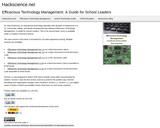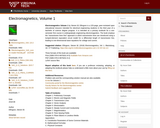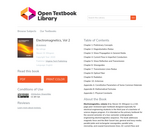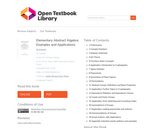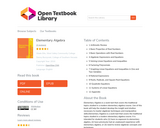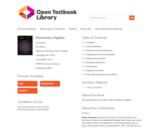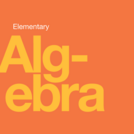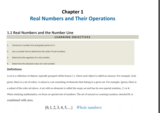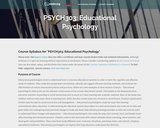
Educational psychologists work to understand how to structure educational systems in order to meet the mental and emotional needs of students. They study how people learn, identify and suggest efficient teaching methods, and evaluate the effectiveness of various educational policies and practices. Educational psychologists often point out the inherently social nature of our current educational system, study the ways that learning environments affect education, and study the ways that societal, local, and family issues affect learning and classroom practice. Upon completion of this course, the student will be able to: explain why knowledge of psychology is important to effective teaching; discuss, compare, and contrast cognitive and behavioral psychology; discuss, compare, and contrast constructivist and behaviorist models of teaching and learning, as well as their applications in classroom management; identify important cognitive stages of development, the typical age range of each stage, and the ways that teachers can use that knowledge; identify important aspects of personal, emotional, and moral development, and ways that teachers can use that knowledge; identify diversity in terms of differences in learning styles, intelligence, cultures, and gender, as well as specific abilities and disabilities, that a modern classroom might need to accommodate; discuss theories of motivation and defend those you would use in your classroom; discuss classroom management strategies that smooth the learning process and prevent or deal with misbehavior, and defend those strategies you would use in your classroom; identify communication skills that enhance learning, management, and coordination with students' families; identify strategies for enhancing students' ability to use complex cognitive skills; identify the major parts of a lesson or unit plan; identify and discuss types of teacher-made assessments; discuss the uses of and issues surrounding standardized testing; identify and discuss factors that influence job satisfaction in a teaching career. (Psychology 303)
- Subject:
- Psychology
- Social Science
- Material Type:
- Assessment
- Full Course
- Homework/Assignment
- Lecture
- Lecture Notes
- Reading
- Syllabus
- Textbook
- Provider:
- The Saylor Foundation
- Date Added:
- 04/29/2019


